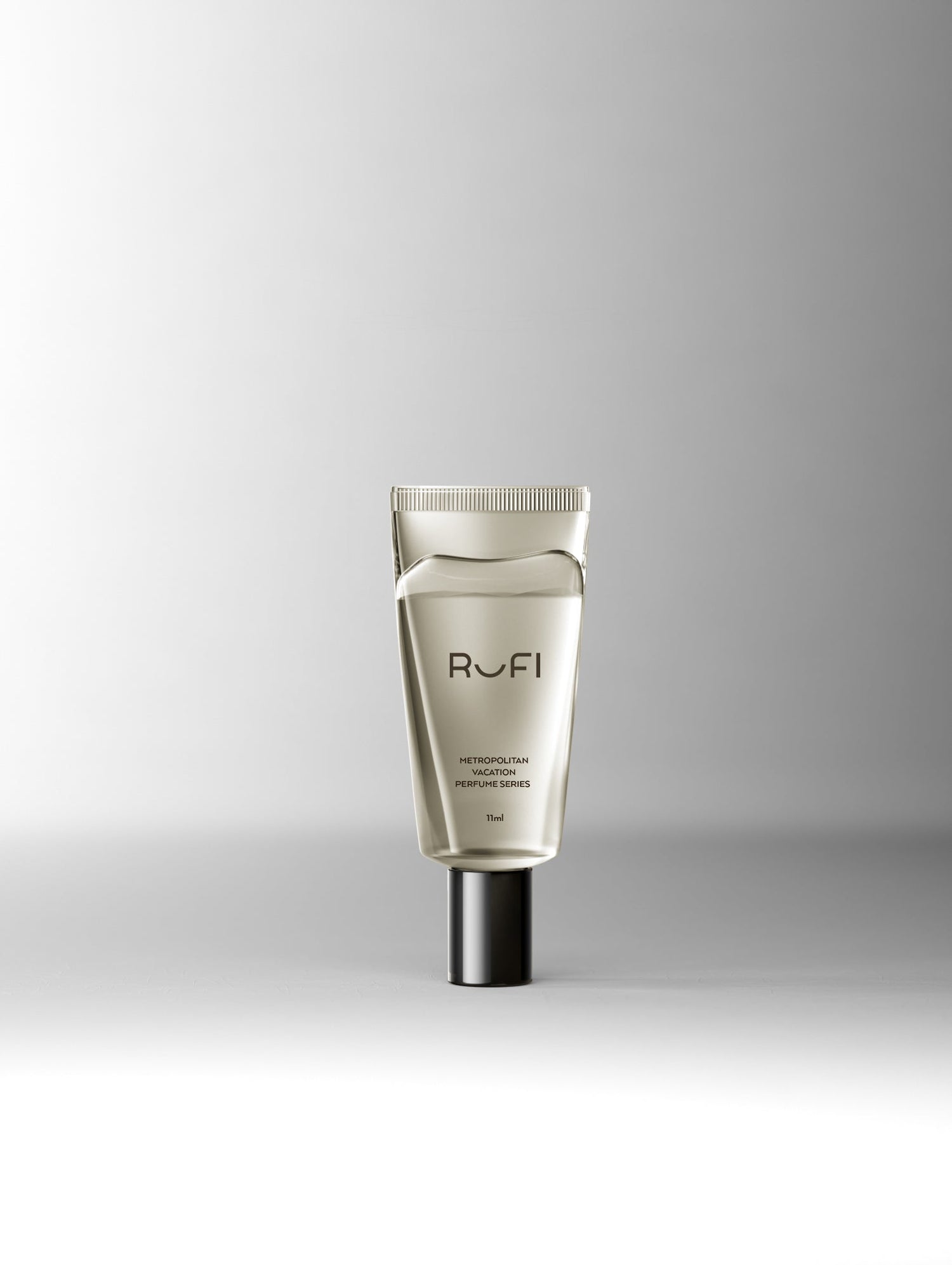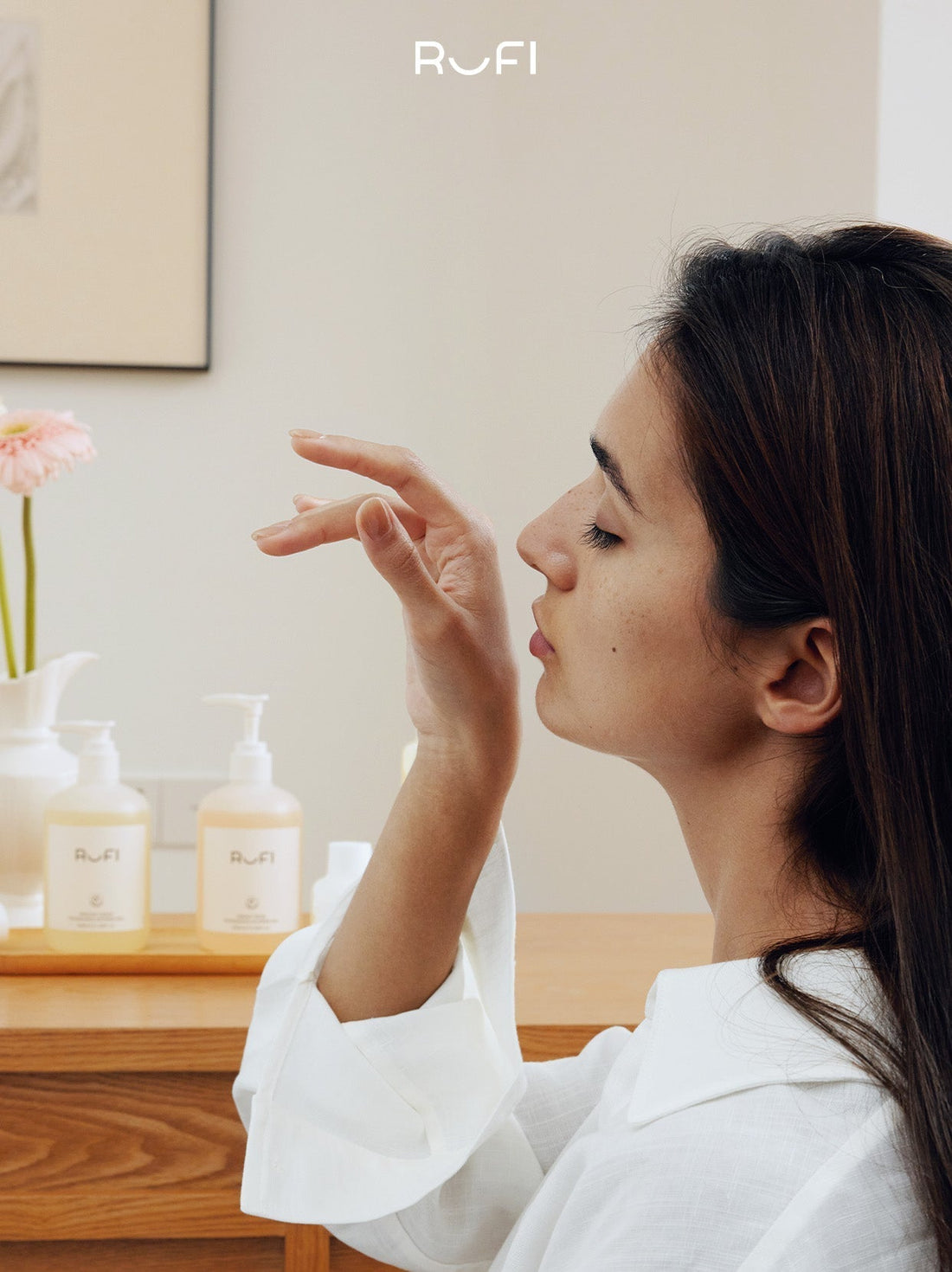Skincare routine is one of the seven categories of creating a good personal care routine and I’ll admit it there was a time when my idea of skincare meant just splashing my face with water and calling it a day. Another scenario involved piling on skincare products until I overexfoliated my face, all in an effort to prevent breakouts and alleviate oiliness—which was completely wrong.
Sometimes, I forgot that all the treatments I gave my skin only exacerbated the very concerns I hoped to treat. Maybe you’ve been here too. Endlessly scrolling through Google on how to build the perfect skincare routine, only to end up overwhelmed by a dozen conflicting steps. It doesn’t help that skincare also varies depending on your environment and weather conditions, especially here in Australia where the weather is constantly changing.
It’s so frustrating when you want your skin to get better but can’t find the right ingredients. However, once you understand what your skin actually needs and which ingredients work best for your skin type, it becomes so much easier to build a routine that actually works. Additionally, I've come to accept that I don’t need a 10-step routine or expensive treatments to achieve that healthy and glowing skin like the Koreans.
The key lies in consistency and choosing the right products that actually suit your skin type. A minimal yet powerful skincare routine is all I really need—and maybe yours too. If you’re wondering how to build a simple yet effective skincare routine, we’ve got you covered.
But first, here’s a valuable insight from Dr. Shokeen that’s worth keeping in mind: “A streamlined routine promotes better adherence to essential steps that give you the biggest improvement, leading to consistent care and improved skin health over time.”
Step 1: Cleanse Like You Mean It (But Gently, Please)
Cleansing is the foundation of any skincare routine. This step is the cornerstone of any effective skincare routine. Skip it, and you're basically moisturizing dirt, and we don’t want that.
A good cleanser removes dirt, oil, and impurities that accumulate throughout the day or night, prepping your skin for the next steps. It’s okay to skip cleansing in the morning to allow your skin to stay nourished, especially since you’re not exposed too much overnight and this helps avoid stripping your skin of essential oils.
Also, you might not believe it, but double cleansing at night is a must, especially if you’ve been out and wearing makeup for too long. First oil, then my trusty foaming friend like the CeraVe Foaming Cleanser—they’re gentle but do the job properly. But always make sure you use the right cleanser for your skin type, or else you’re not really helping your skin improve.
Step 2: Toner: The Optional Overachiever
Some people skip toner, and that’s totally fine. But for me, it’s like that chill friend who keeps things balanced. A hydrating toner helps prep my skin post-cleanse and makes everything I apply afterward sink in better.
I usually go for something alcohol-free and soothing, with extracts like propolis and chamomile, along with hyaluronic acid and niacinamide; it’s more to treat my combination skin type, which is oily and sometimes prone to acne.
But again, I’m reminding you to check the ingredients used, because some toners contain alcohol. While alcohol can help fight acne-causing bacteria, it’s a double-edged sword as it strips your skin of its natural moisture, which can lead to even more breakouts and damaged skin.
The esthetician and founder of Soko Glam, Charlotte Cho, shares her thoughts on toner, saying, “Toners are critical after the double cleanse because they remove any impurities your cleansers didn’t catch.”
In addition to that, recognizing your skin’s potential hydrogen (pH) is just as important. The skin’s natural pH is about 5.5, which is slightly acidic and helps maintain the skin barrier protecting it from harmful bacteria and environmental pollutants. According to a 2015 article published in the Journal of Dermatological Treatment,
“The acidic pH of the skin is important for maintaining the integrity of the skin barrier, and alterations in pH can lead to increased susceptibility to infection, irritation, and various skin disorders.”
Read the full article here.
However, when skin becomes too alkaline (above 5.5) due to harsh products or over-cleansing, its pH becomes disrupted. That imbalance can trigger conditions like acne, eczema, or rosacea. If you're experiencing these, it might be time to see a dermatologist. They can help determine your skin’s pH and recommend a customized skincare regimen to restore balance.
Here are some of the differences between various skin types and why choosing pH-balanced products is more than just a trend; it’s a skin health essential. So, take a moment to check and understand yours:

Step 3: Serums: The Morning & Night Powerhouses
Now, here’s where things get a tiny bit fancy. Serums are like tiny skincare superheroes, packed with active ingredients that target specific skin concerns. You don’t need a cabinet full of them, just a couple that pull their weight.
In the morning, I go for a vitamin C serum because it brightens my skin, evens out my tone, and provides antioxidant protection (because city air is not kind). After learning that Dr. Corey L. Hartman, a board-certified dermatologist, refers to vitamin C as the gold standard. After that I started prioritizing it in my morning routine.
La Roche-Posay Pure Vitamin C10 Serum works effectively yet gently with 12% Vitamin C, neurosensine that reduces redness or irritation, and salicylic acid that reduces excess oil production. A dermatologist recommended it, which is why I tried it for a sensitive skin type like mine—making it a perfect blend for daily wear.
At night, I switch to a hydrating or repairing serum, something with niacinamide, hyaluronic acid, or a gentle retinol. I’ve found it useful to sandwich my skin between toner and moisturiser, as it helps my skin reset while I sleep. Like an overnight success story, but for my face.
Thanks to Suni Lee, I discovered OleHenriksen, and during my search, I came across the Dewtopia PHA/AHA Retexturizing Night Serum with a potent 20% PHA/AHA. I often use it to moisturise and smoothen my skin texture. It also helps address dark spots and uneven texture, just like the product I use in the morning.
Step 4: Lock in Hydration with a Moisturizer
No matter what your skin type is, like oily, dry, or combination—moisturizing is non-negotiable. I usually apply it to increase the skin's water content and restore its natural protective barrier, helping to keep my complexion soft and smooth.
I use moisturizer to seal in all the goodness from the other products. Even if you don’t have sensitive skin, you’re going to love Dr. Jart+’s Cicapair Moisturizer. It’s full of centella asiatica and peptides, which help alleviate redness. It doesn’t upset my skin’s balance, and it’s lightweight and non-sticky—helping me achieve that glass-skin look.
Remember, you don’t need separate day and night moisturizers. One well-formulated product can do the job.
Step 5: SPF Every. Single. Day. (Yes, Even When It’s Cloudy)
This is the most important step in your skincare routine, yet many people still overlook it. Sun protection isn’t just for sunny days or beach trips—it’s an everyday defense. It serves as your skin’s best shield against premature ageing, pigmentation, and even skin cancer.
I always go for an SPF of at least 50, with a lightweight formula that leaves a natural finish and is safe for sensitive skin. That’s a non-negotiable for me. If I’m wearing makeup, my sunscreen needs to sink in smoothly and sit well underneath—it’s a dealbreaker if it doesn’t.
La Roche-Posay Anthelios Sunscreen is my ride-or-die because of its milky texture and serum like that leaves my skin natural and comfortable all throughout the day. Remember, even if you’re indoors most of the day, UVA rays can still sneak in through windows. So wear your sunscreen anywhere and everywhere (even if you’re inside), as long as you can see sunlight peeking through–sunscreen is a must.

Bonus Tips to Maximise Results
I’ll leave you with some bonus tips, and it’s up to you if you want to follow them or not. These work for me, and they might work for you too:
- Make your skincare routine simple, just like what I did.
- Consistency is the key to visible results, so sticking to your routine is a must.
- One step at a time can also be used as one product at a time. This helps you spot irritation or reactions quickly.
- Australia has four seasons, so adjust your skincare routine according to the weather. You may need richer creams in winter and lighter gels in summer.
A simple skincare routine reduces the risk of irritation, saves time, and makes it easier to maintain. Plus, when you focus on just a few effective steps, your skin can breathe and recover naturally. If you’re overwhelmed by too many choices, this back-to-basics approach is a great place to start.
Learning how to build a simple yet effective skincare routine is the best gift you can give your skin. With just simple five steps, you can achieve long-term results without the fuss.
Whether you’re a skincare newbie or looking for an easy routine, remember: simple skincare is smart skincare.


